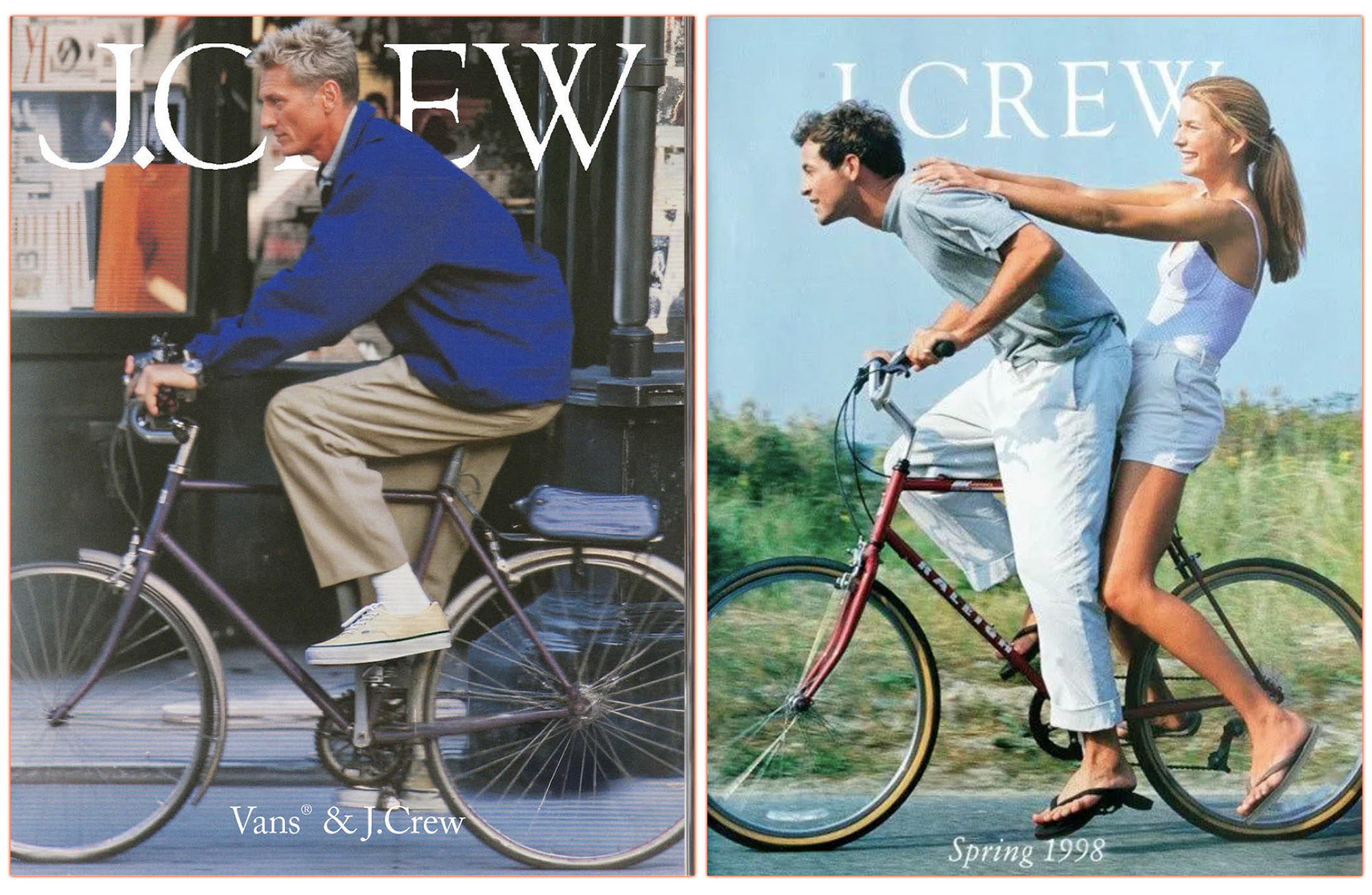Fashion x AI: The Smart Revolution We’re All About to Live
By NOS.3 Editorial Team
By 2026, fashion’s relationship with AI is about to level up. The industry will face higher expectations, tighter margins, and sharper scrutiny, but also way more opportunities. Audiences are already aware of how AI influences imagery, marketing, and personalization, and they’re demanding transparency.
Remember the backlash against J.Crew’s AI-generated vintage-style catalogs or H&M’s “digital twin” models? They proved one thing: if brands hide AI, they lose trust. In today’s “double exposure” era, where not everything on our feeds comes from real photo shoots, trust is now as valuable as aesthetics. To stay relevant, brands will need to own the story and demonstrate how AI is an integral part of the process, not a hidden shortcut.
At the same time, fashion is moving beyond surface-level debates into genuine transformation. Lululemon just named its first Chief AI & Tech Officer, making clear that AI is the backbone of design, data, and retail. Yes, campaigns like Guess’ AI spread in Vogue or H&M’s digital twins still spark controversy. Still, the direction is undeniable: AI is becoming an integral part of the creative and commercial DNA of the fashion industry. The winners in 2026 will be the brands that strike a balance between innovation and honesty, utilizing AI not only to work smarter but also to remain culturally relevant.
And the benefits are already visible. LVMH has backed startups such as Omi (an AI-driven 3D visualizer) and Kahoona (a luxury data personalization platform). Zalando expanded its Fashion Assistant to over 20 markets, helping shoppers style looks in multiple languages. Gucci and Zegna are utilizing algorithms to enhance one-to-one client experiences. Meanwhile, Softwear Automation is reviving the dream of Sewbots, robots that could bring production closer to home, allow small-batch runs, and reduce waste.
Of course, not everything falls into place immediately. An MIT study found that 95% of companies investing in AI experience no significant return because they launch generic or overly ambitious projects. The ones succeeding? They start small, apply simple tools, learn fast, and scale up. On the retail side, AI shopping agents from Google and OpenAI are already changing how we discover and buy products. We’re moving from SEO to GEO (Generative Engine Optimization) where AI scans catalogs, reviews, and product feeds before it even gets to a brand’s homepage.
But here’s the real story, it’s about a cultural reset in how fashion creates and delivers value. Transparency, human-centered design, ethical representation, clean data, and agile production are now as vital as creativity itself. AI isn’t a magic wand, but it’s already transforming content, personalization, and operations. The brands that thrive will be those that merge human vision with tech precision, designing experiences for both people and the digital agents shaping their choices.
The future of fashion with AI won’t be machines replacing designers, it’ll be designers supercharged by machines. A future where human creativity sets the direction, and AI amplifies what’s possible: from sustainable collections to hyper-personalized journeys. The next fashion revolution won’t just be aesthetic it’ll be brilliant. And what matters most is how brands choose to integrate these tools into their DNA.



